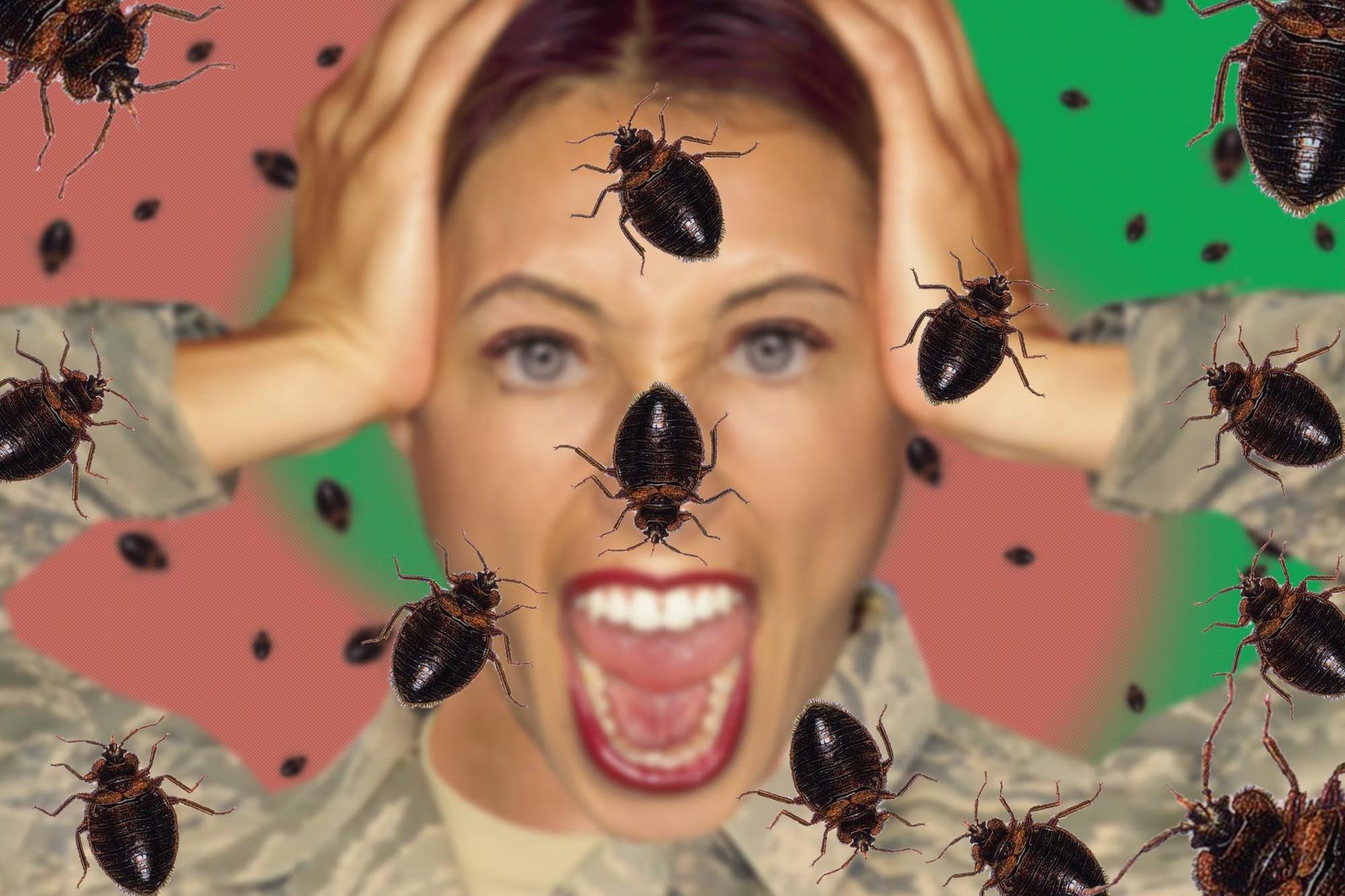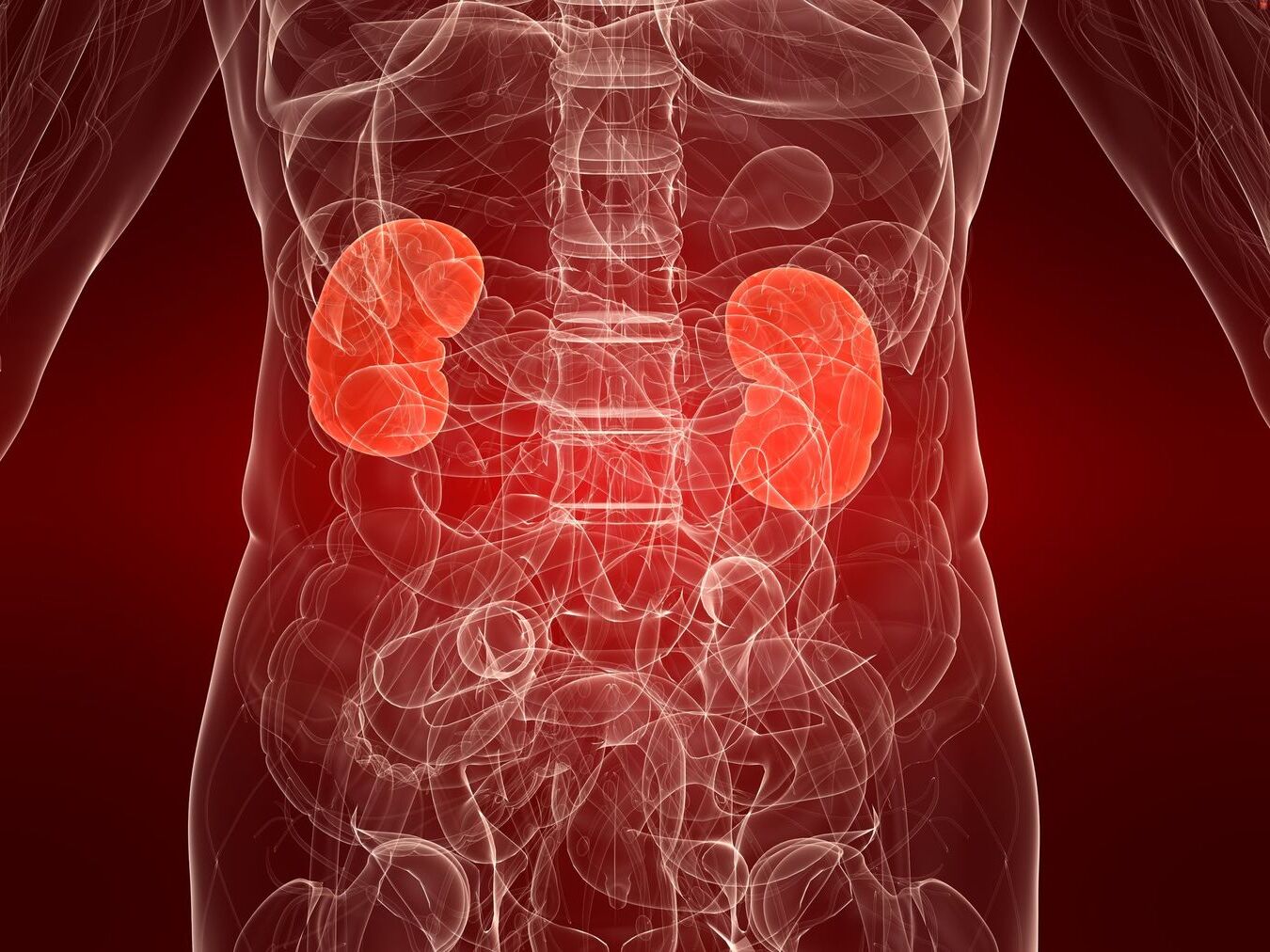
Ever wondered what’s lurking in the corners of your home? House bugs are more common than you might think. These tiny invaders can range from harmless to downright annoying. Some might even surprise you with their unique abilities. For instance, did you know that certain house bugs can live for weeks without food? Or that some can jump up to 50 times their body length? Understanding these critters can help you keep your home bug-free. In this post, we’ll share 35 fascinating facts about house bugs that will change how you see these little creatures. Get ready to be amazed!
Key Takeaways:
- House bugs have fascinating traits, like cockroaches surviving without heads and ants lifting 50 times their weight. Understanding their habits and lifecycles can help control them in homes.
- Some house bugs, like mosquitoes and fleas, can impact human health. Knowing their behaviors and environments can help prevent infestations and reduce health risks.
Common House Bugs
House bugs are more common than you might think. They come in various shapes and sizes, each with unique characteristics. Here are some interesting facts about these tiny invaders.
- Cockroaches can live without their heads for up to a week. They breathe through small holes in their body segments, not their heads.
- Houseflies taste with their feet. They have taste receptors on their lower legs and feet, allowing them to taste anything they land on.
- Ants can lift objects 50 times their body weight. Their muscles are thicker relative to their body size, giving them incredible strength.
- Bed bugs can survive without feeding for up to a year. They enter a state of dormancy when food is scarce.
- Dust mites are nearly invisible to the naked eye. They thrive in warm, humid environments and feed on dead skin cells.
Unusual Habits of House Bugs
Some house bugs have habits that might surprise you. These behaviors help them survive and thrive in human homes.
- Silverfish can live for up to eight years. They are known for their long lifespan compared to other insects.
- Termites never sleep. They work 24 hours a day, seven days a week, causing significant damage to wooden structures.
- Spiders can produce different types of silk. They use it for various purposes, including building webs, wrapping prey, and creating egg sacs.
- Earwigs have maternal instincts. Female earwigs take care of their eggs and young, protecting them from predators.
- Fruit flies can lay up to 500 eggs at a time. They reproduce rapidly, making them difficult to control once they infest a home.
House Bugs and Their Diets
The diets of house bugs vary widely. Some feed on human food, while others prefer more unusual meals.
- Carpet beetles feed on natural fibers. They can damage clothing, carpets, and furniture made from wool, silk, and other materials.
- Centipedes are carnivorous. They hunt and eat other insects, helping to control pest populations in homes.
- Moths are attracted to light. They often enter homes through open windows and doors, drawn by indoor lighting.
- Crickets are omnivorous. They eat a variety of foods, including plants, fungi, and even other insects.
- Weevils infest stored grains. They can cause significant damage to pantry items like rice, flour, and cereal.
House Bugs and Their Environments
Different house bugs prefer different environments. Understanding their habitats can help in controlling their populations.
- Fleas thrive in warm, humid environments. They often infest homes with pets, feeding on their blood.
- Mosquitoes breed in standing water. Eliminating sources of stagnant water can help reduce their numbers.
- Woodlice prefer damp, dark places. They are often found in basements, bathrooms, and other moist areas.
- Booklice are attracted to mold and mildew. They feed on fungi and can be found in damp, moldy areas of the home.
- Stink bugs seek shelter indoors during the winter. They enter homes through cracks and crevices, looking for a warm place to overwinter.
House Bugs and Human Health
Some house bugs can impact human health, either directly or indirectly. Knowing which bugs pose a risk can help in taking preventive measures.
- Cockroaches can trigger asthma and allergies. Their droppings, saliva, and shed skin contain allergens that can affect sensitive individuals.
- Bed bugs cause itchy bites. Their bites can lead to secondary infections if scratched excessively.
- Mosquitoes can transmit diseases. They are known vectors for illnesses like West Nile virus, Zika virus, and malaria.
- Fleas can transmit tapeworms. Pets infested with fleas can ingest tapeworm larvae, which can then infect humans.
- Ticks can carry Lyme disease. They attach to the skin and feed on blood, potentially transmitting harmful bacteria.
Fun Facts About House Bugs
Despite their often negative reputation, house bugs have some fascinating traits. These fun facts highlight the more interesting aspects of their biology and behavior.
- Ladybugs are considered good luck. Many cultures believe that finding a ladybug brings good fortune.
- Praying mantises can turn their heads 180 degrees. This unique ability helps them spot prey and predators.
- Fireflies produce light through bioluminescence. Their glowing abdomens are used to attract mates and communicate.
- Butterflies taste with their feet. Like houseflies, they have taste receptors on their feet to sample potential food sources.
- Dragonflies are expert fliers. They can fly in all directions, hover, and even mate mid-air.
House Bugs and Their Lifecycles
The lifecycles of house bugs can be quite complex. Understanding their development stages can aid in effective pest control.
- Butterflies undergo complete metamorphosis. They transition from egg to larva (caterpillar), pupa (chrysalis), and finally to adult.
- Cockroaches have a three-stage lifecycle. They develop from egg to nymph to adult, with nymphs molting several times before reaching maturity.
- Ants have a caste system. Their colonies consist of queens, workers, and males, each with specific roles.
- Termites also have a caste system. Their colonies include workers, soldiers, and reproductive individuals.
- Houseflies develop rapidly. Their lifecycle from egg to adult can take as little as seven days under optimal conditions.
Final Thoughts on House Bugs
House bugs might seem like a nuisance, but they play crucial roles in our ecosystem. Knowing more about them helps us manage their presence better. For instance, spiders control other insect populations, while ants can indicate moisture problems in your home. Cockroaches might be gross, but they’re also incredibly resilient and have been around for millions of years. Understanding these facts can make dealing with them less stressful.
Regular cleaning, sealing cracks, and proper food storage can keep most bugs at bay. If you’re facing a serious infestation, professional help might be necessary. Remember, not all bugs are harmful; some even help keep your home free of other pests. So next time you spot a bug, think twice before squashing it. You might just be getting rid of a helpful little critter.
Frequently Asked Questions
Was this page helpful?
Our commitment to delivering trustworthy and engaging content is at the heart of what we do. Each fact on our site is contributed by real users like you, bringing a wealth of diverse insights and information. To ensure the highest standards of accuracy and reliability, our dedicated editors meticulously review each submission. This process guarantees that the facts we share are not only fascinating but also credible. Trust in our commitment to quality and authenticity as you explore and learn with us.


